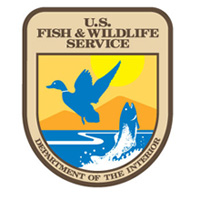Invasive, non-native house mice have direct and indirect harmful impacts on the islands’ breeding seabirds, especially ashy storm–petrels, but also on Leach’s storm-petrels, as well as on native salamanders, crickets and other invertebrates, and native plants.
Ashy storm-petrels are harmed indirectly by the mice, which attract large numbers of burrowing owls that stop at the islands to rest on their fall migration and find a plentiful food source when invasive mice are at a seasonal population peak. So instead of continuing on their migration, several owls remain on the islands through the winter to feed on the mice. This keeps them on the island long past the natural time for them to move on. But the mouse population crashes each winter, forcing the owls to seek other prey. The owls then feed on the rare ashy storm-petrels, reducing their population. The owls also feed extensively on rare Farallon camel crickets. Removing house mice from the South Farallon Islands would break this chain of events. With no mice to feed on, the visiting owls would continue on their southward migration instead of feeding on rare Farallon birds and crickets.
Invasive mice also feed extensively on native invertebrates, reducing their populations, and compete for food with endemic Farallon arboreal salamanders. In addition, mice feed heavily on native plant seeds such as the maritime goldfield, reducing their populations in favor of more hardy non-native plants.

